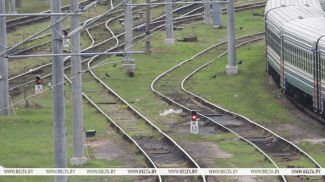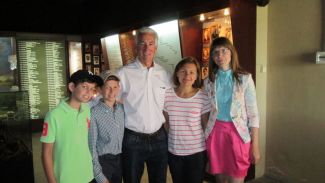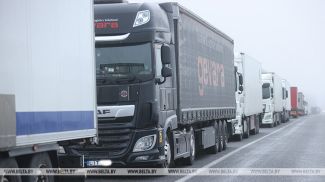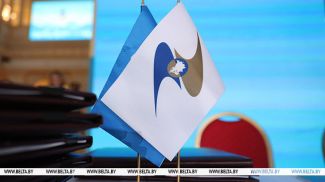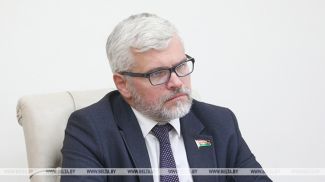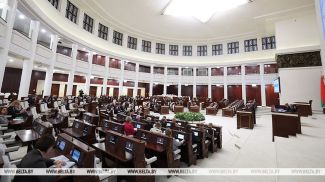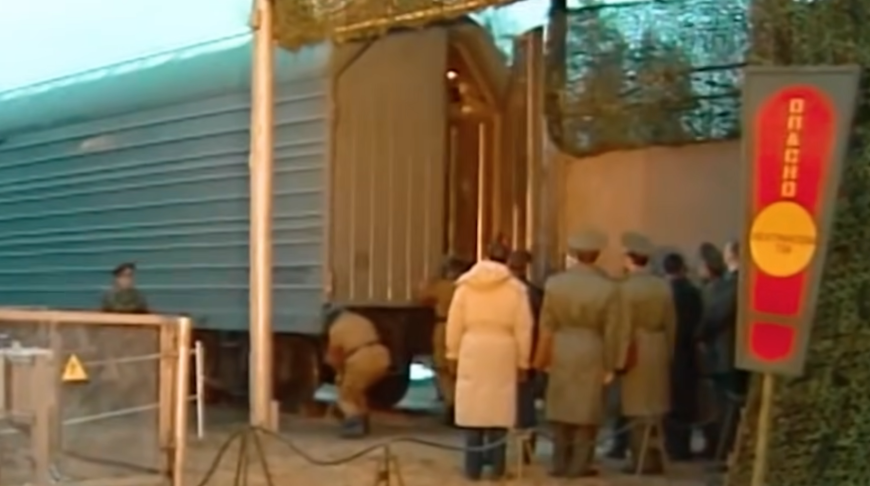
Screenshot of the Belarus 1 video
MINSK, 21 November (BelTA) – The film “Time chose us” aired by the Belarus 1 TV channel explains how Belarus became a non-nuclear country in the early 1990s, BelTA informs.
After the collapse of the Soviet Union, Belarus became a sovereign state with nuclear weapons. In 1989 Belarus had over 1,180 strategic and tactical nuclear warheads. On 23 May of 1992, Belarus signed the Lisbon Protocol thus undertaking the commitment to renounce the nuclear status and to eliminate nuclear weapons.
First of all, tactical nuclear weapons were removed from the country. Belarus was the first to comply with these obligations, faster than Kazakhstan and Ukraine. The United States did not spare money for the nuclear disarmament. First, Belarus received $100 million, and then another $59 million.
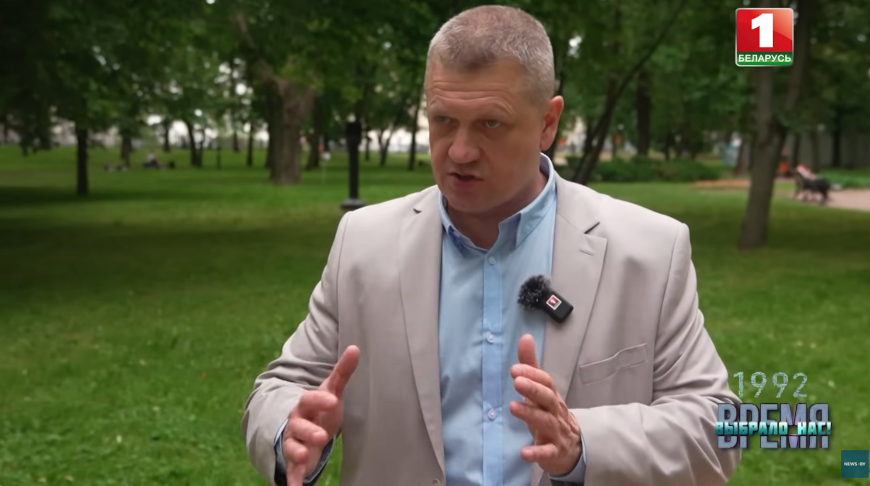
"Firstly, they turned these weapons into scrap to make sure we would never regain our former military capabilities. They feared this might happen. Secondly, it was about proper control over the weapons. These weapons remained virtually uncontrolled in many former Soviet republics," Andrei Bogodel, Deputy Head of the Faculty of the General Staff of the Armed Forces at the Military Academy of Belarus, noted.
After the collapse of the Soviet Union, Belarus became a sovereign state with nuclear weapons. In 1989 Belarus had over 1,180 strategic and tactical nuclear warheads. On 23 May of 1992, Belarus signed the Lisbon Protocol thus undertaking the commitment to renounce the nuclear status and to eliminate nuclear weapons.
First of all, tactical nuclear weapons were removed from the country. Belarus was the first to comply with these obligations, faster than Kazakhstan and Ukraine. The United States did not spare money for the nuclear disarmament. First, Belarus received $100 million, and then another $59 million.

"Firstly, they turned these weapons into scrap to make sure we would never regain our former military capabilities. They feared this might happen. Secondly, it was about proper control over the weapons. These weapons remained virtually uncontrolled in many former Soviet republics," Andrei Bogodel, Deputy Head of the Faculty of the General Staff of the Armed Forces at the Military Academy of Belarus, noted.




